Learn to Sew Your Own Clothes: DIY an Entire Outfit

Learning to sew your own clothes is a great creative outlet, as well as helping you to save money.
For this project I’m testing two free sewing patterns for beginners, the Ren Jeans and Brando Tee, both from Mood Fabrics.
I’m using a vintage green linen fabric for the jeans and a rib knit for the t-shirt.
Tools and materials:
- Ren Jeans pattern
- Brando Tee pattern
- 2 yards (2 m) cotton or linen mix or stretch denim fabric
- 1 - 2 yards (1 - 2 m) jersey fabric
- 9 inch (22.5 cm) metal zipper
- Button or hook and eye fastening
- Paper for patterns
- Sticky tape
- Fabric marker
- Scissors
- Pins
- Sewing machine
- Serger (optional)
1. Cut out the jeans fabric
Print out the pattern and tape the sheets together.
Cut out the pieces in your size and either pin them to the fabric and cut around them, or trace the pattern pieces on to the fabric and cut them out.
Transfer all the pattern markings onto the fabric.
I overlocked the edges of each piece on my serger. You could use an overlock stitch on your machine.
2. Attach the pockets
I pinned and sewed the darts on both back pieces.
I also hemmed the top edge of the patch pockets and top stitched them.
I pinned the patch pockets to the back sections of the pants, turning the edges under, and top stitched them in place.
I attached the front pockets, following the pattern instructions on the website. This was a new method to me but the instructions were good and it worked out well.
3. Insert the zipper
Here I have to say that I had to supplement the website instructions with a video I found on YouTube but it proved to be easier than I expected.
I sewed the fly facing to the front left side and pressed it open.
Then I attached the zipper to the right side pants front with the zipper stop half an inch (1 cm) below the top edge of the pants.
Finally, I sewed the fly shield on the right side. If you follow the same sequence, you should end up with the zipper sandwiched between the front pants and the fly shield.
4. Assemble the pants
I joined the center front and back crotch seams.
I aligned the crotch seams and sewed the inner leg seams and then joined the side seams.
I didn’t finish the seam allowances in case I needed to make adjustments.
I tried the pants on wrong side out and repinned and resewed the side seams to make them fit better, as they came up a little large for my taste.
5. Attach the waistband
I decided to make the waistband half the height of the pattern as I didn’t want the pants to be too high-waisted.
I followed the pattern instructions to make the waistband and top stitched it.
I pinned it to the inside of my pants and sewed it in place.
I turned the waistband to the right side and folded the raw edge under.
I top stitched it to cover the previous sewing line.
6. Finishing
I made a very narrow hem at the bottom of the pants.
The pattern did specify a button and buttonhole fastening, but I preferred to use a hook and eye instead, which I hand sewed in place.
7. Cut out the top
I followed the same method as before to cut out the pieces for the top, using the fabric from a beige rib knit top.
The fabric wasn’t as stretchy as I expected so I cut the pattern two sizes larger than normal.
I had to cut the back in two pieces and join them.
8. Insert the sleeves
I closed the shoulder seams.
I laid the pieces out flat with the right side uppermost and pinned and sewed the sleeve heads in place.
I joined the side and sleeve seams with the right sides together.
9. Attach the neck edging
I closed the short ends of the neck edging and folded it in half lengthways.
I divided it in four and pinned it to the outside of the neckline at the center front and back and the shoulder seams.
I sewed it in place, stretching it to fit.
10. Finishing
Instead of hemming the lower edges of the sleeves and top, I cropped them and left the edges raw.
DIY top and pants outfit
I would say that the pants aren’t suitable for a complete beginner, but fine for someone with a little experience.
Using free PDF sewing patterns is a great way to learn how to sew your own clothes and how to fit them to your body.
I’m very happy with the final outfit I put together. Let me know your thoughts in the comments below.
Next, check out my Easy Flounce Cardigan Sewing Pattern Tutorial.
Enjoyed the project?
The author may collect a small share of sales from the links on this page.
























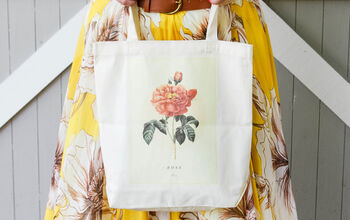

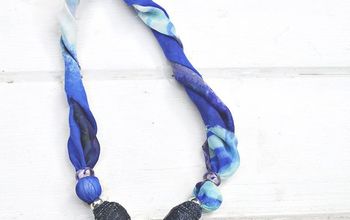
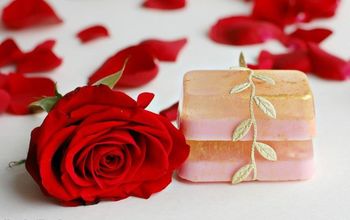

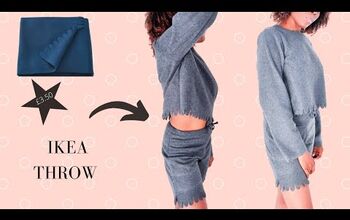






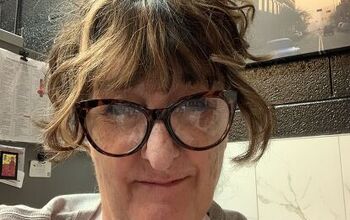


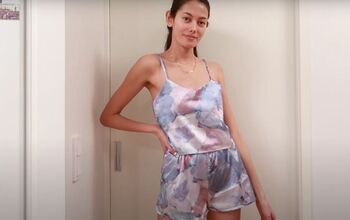

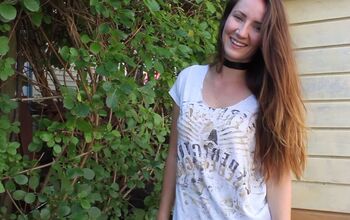
Comments
Join the conversation